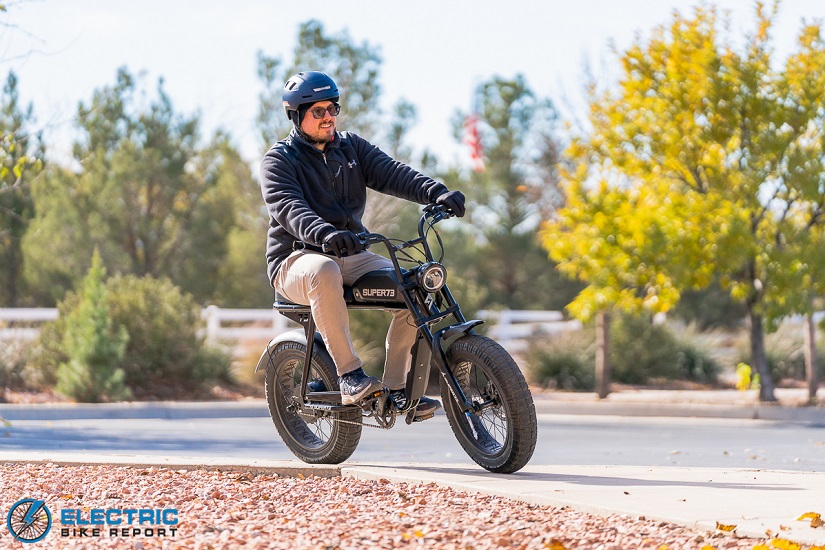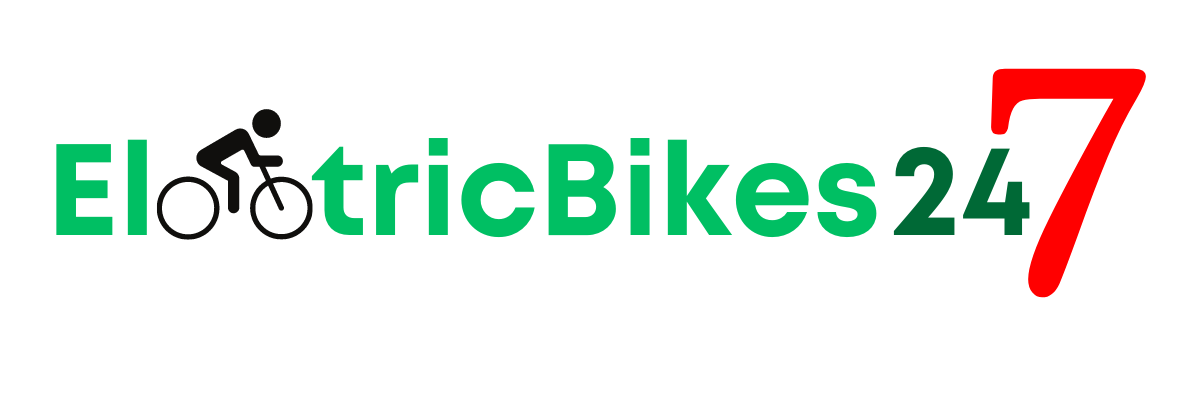
Utah’s new laws grew to become legislation on Could 1. It’s the first legislation to handle the rising proliferation of e-bikes with unrestricted high speeds. E-bikes that may exceed a maximum-assist velocity of 28 mph are categorised as Out-of-Class EVs (OCEV).
Some reporting on the brand new legislation has prompt that it teams Class 2 e-bikes with a most pedal-assist and throttle velocity of 20 mph in with OCEVs. That’s not the case. Class 2 e-bikes that stop their help at 20 mph, whether or not pedaling or with a throttle are nonetheless thought-about Class 2 in Utah’s legislation.
The brand new legislation does trigger some confusion, although. In 41-6a-102 (18)(a)(i) it defines an “electrical assisted bicycle” as having an influence output of “no more than 750W,” which is in-line with the three class system. Nevertheless, in part (18)(b)(v)(B) it saysis says the definition of an “electrical assisted bicycle” doesn’t embody “steady rated motor energy of 750W or higher.” This might probably seize each e-bike we’ve reviewed with a 750W motor. From the Aventon Aventure to most of Rad Energy Bikes’s lineup, their nominal score of 750W makes them not e-bikes in keeping with Utah’s new legislation. The legislation additionally doesn’t distinguish between max wattage and nominal wattage, which is one thing you additionally see in Individuals for Bikes mannequin laws – and it’s a element we imagine must be clarified by each organizations.
Simply who can journey an e-bike receives some restrictions. E-bike riders have to be at the very least 14 years previous to journey legally on roads, sidewalks, and so forth. Children below the age of 14 can journey in public as long as their father or mother is current and supervising them. Anybody below the age of eight is just not permitted to journey an e-bike in public, interval.
To journey a Class 3 e-bike legally, the rider have to be at the very least 16.
The legislation additionally defines each moped and motor-assisted scooter as not simply completely different from an e-bike, however completely different from one another. A moped won’t produce greater than 2 hp (typically thought-about to be 1500W nominally), and can’t propel a rider to greater than 30 mph. A motor-assisted scooter has a motor of no more than 2000W and a design that allows the scooter to be “propelled by human energy alone.” A motor-assisted scooter may have a most velocity of 20 mph on a stage floor.
The legislation contains some new necessities for manufacturers and/or e-bike sellers based mostly in Utah.
E-bikes offered in Utah or offered to folks residing in Utah (as within the case of direct-to-consumer gross sales) should carry a sticker denoting every of the lessons that the e-bike could be set to carry out. That’s not a giant deal, however one wonders whether or not the D2C manufacturers will respect this.
Essentially the most vital facet of the legislation regards the way it defines what is just not an e-bike. Not solely is any e-bike that may be throttled to speeds quicker than 20 mph not an e-bike, however something that may be pedaled at speeds above 28 mph not an e-bike.
The legislation features a requirement that every one not-e-bikes as outlined by the legislation carry a sticker making this truth clear. It’s to learn:
“THIS VEHICLE IS NOT AN “ELECTRIC ASSISTED BICYCLE” AS DEFINED BY UTAH MOTOR VEHICLE CODE AND IS INSTEAD A TYPE OF MOTOR VEHICLE AND SUBJECT TO APPLICABLE MOTOR VEHICLE LAWS IF USED ON PUBLIC ROADS OR PUBLIC LANDS. YOUR INSURANCE POLICIES MAY NOT PROVIDE COVERAGE FOR ACCIDENTS INVOLVING THE USE OF THIS VEHICLE. TO DETERMINE IF COVERAGE IS PROVIDED YOU SHOULD CONTACT YOUR INSURANCE COMPANY OR AGENT.”
The above paragraph provides insurance coverage firms a possibility to scrub their palms of claims involving e-mopeds.
The legislation’s definition of a bike isn’t terribly particular. In line with the legislation, a bike isn’t a tractor and it doesn’t have greater than three wheels. What meaning is that the whole lot that isn’t an e-bike, moped, motor assisted scooter or motor-driven cycle is a bike. It’s a means of elimination.
What this implies is that something with two wheels and an electrical motor that produces greater than 1500W nominally (admittedly not many machines match that definition, and that’s offering that we settle for 1500W being equal to 2 hp) is, as a matter of deduction, a bike. Which means police may probably ticket somebody on one among what we name e-mopeds and require them to register it as a bike, which requires a license and insurance coverage as properly.
Essentially the most shocking facet of the legislation comes proper on the finish. It says, “An individual’s actions to knowingly promote, provide on the market, or promote a car that isn’t an electrical assisted bicycle as an electrical bicycle, electrical assisted bicycle, electrical bike, or e-bike with out making the disclosure described in Subsection (8)(d) constitutes prima facie proof of a misleading commerce apply below Part 13-11a-3.”
In line with the legislation, this violation constitutes an infraction, which suggests a ticket and a positive, not felony courtroom. But when a model or retailer is present in violation of this part, it could appear to set off the chance for prosecution for a misleading commerce apply.






